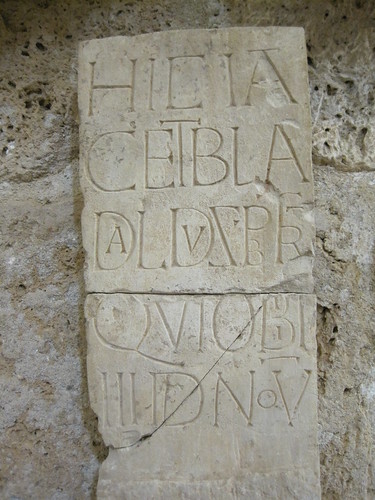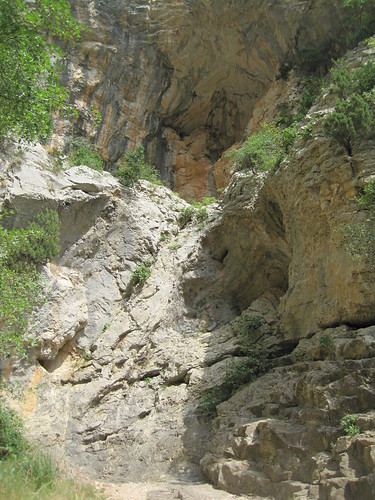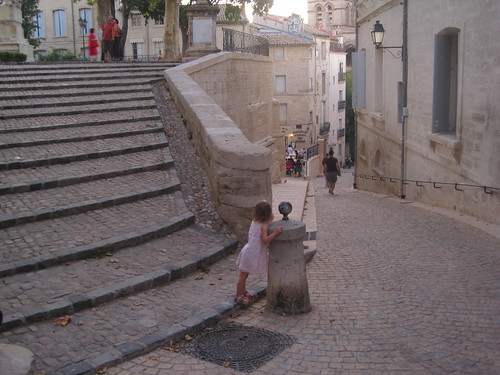GeoAlchemy
SQLAlchemy is the ultimate database toolkit for Python. GeoAlchemy extends it to provide a OGC SFSQL-style spatial ORM. It has an API that looks a bit like Shapely's and the math is also done by GEOS (at least with PostGIS and SpatialLite backends), but using a SQLAlchemy connection to a database instead of libffi and ctypes. I toyed around with SQLAlchemy and Shapely a while back, but Sanjiv's project looks like something that could become very useful for Python and GIS programmers who work with a spatial RDBMS.
Comments
Re: GeoAlchemy
Author: Sanjiv Singh
Thanks for the post Sean. I must thank Michael Bayer (author of SQLAlchemy) and Mark Ramm (my mentor) for making GeoAlchemy what it is. I hope the project is able to see some community participation and becomes really useful. :)
3 choices
Author: Paolo
Cool, now Python devevelopers have 3 choices to build spatial applications without starting from scratch: Shapely, GeoAlchemy and GeoDjango.
There is even too much choice! ;-)
Re: GeoAlchemy
Author: Sean
The right amount of choice is a matter of taste. Some people like more, some less.



